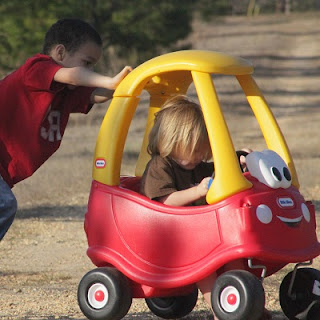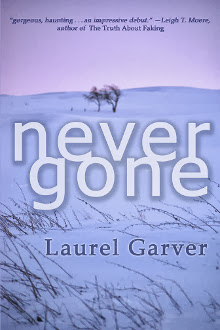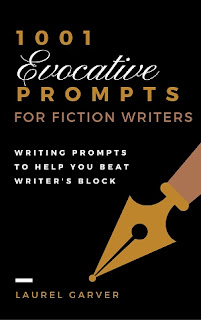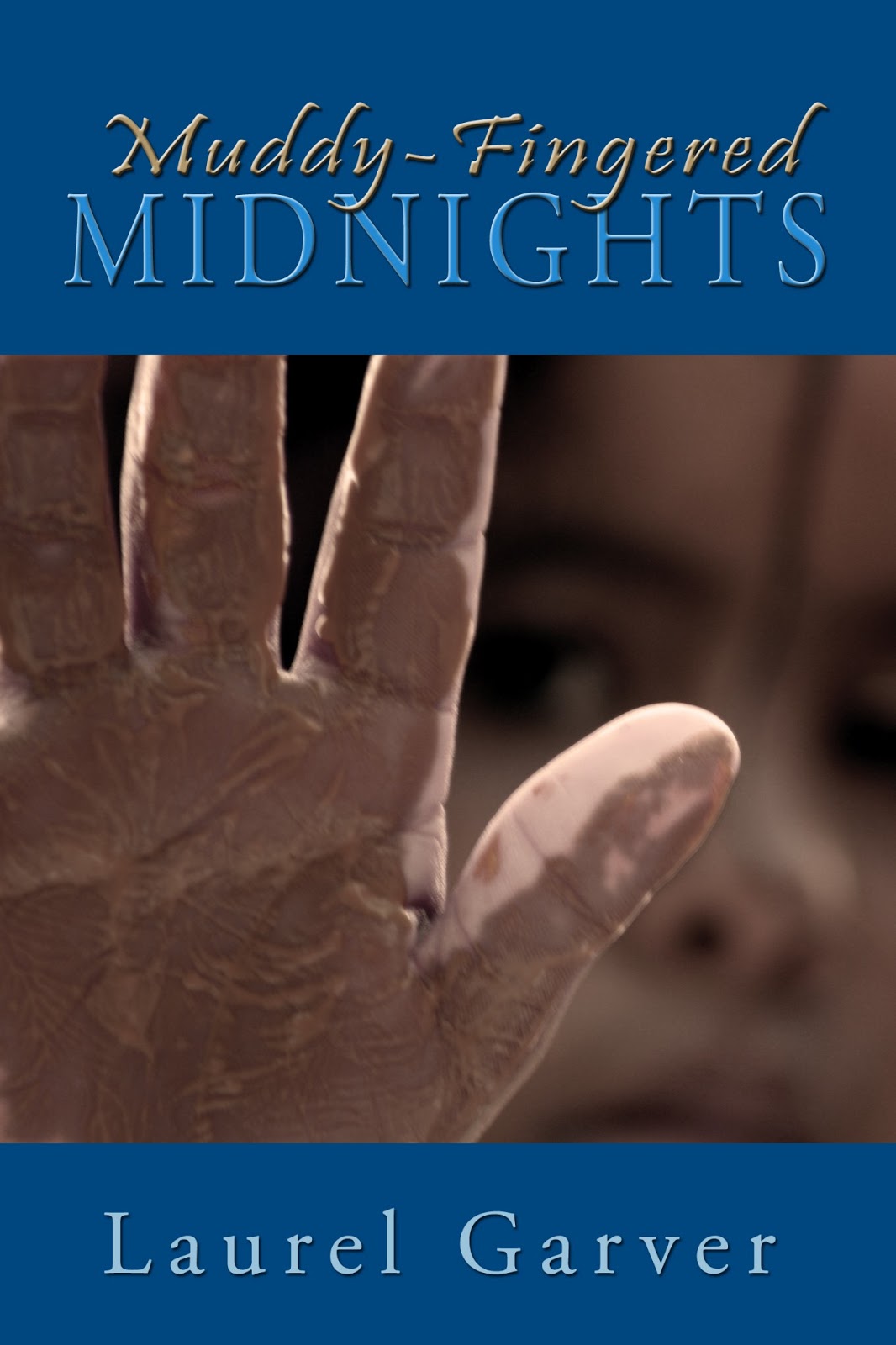Seasonal prompts can be helpful in your routine, to get you paying attention to your immediate environment and the sensory experiences you can collect. It can also get you thinking about story potential in everyday events. Consider how to spin theses prompts for different genres or milieus. For example, try "a spring fashion trend no one could have predicted" as dystopian fiction, as fantasy, as horror, as SciFi, or as farce.
I know winter is over when...
My idea of a perfect spring day is...
Smells I associate with spring.
Spring foods I have been craving for months.
How my protagonist's neighborhood changes in spring.
In the hour lost to daylight savings, a cataclysmic event takes place
The Little League moms go to war because...
What my protagonist likes most and least about spring.
Beneath a minor league baseball team's diamond is a hidden ______.
A recent arrival on the frontier has to put in this year's planting.
A shipment of live chicks is delivered to the wrong address.
A surprise Easter blizzard strands a congregation in the church for three days.
A deranged criminal, the Easter _____, delivers baskets of dangerous ______.
The Junior League Spring Fashion Show goes horribly wrong.
Strange things begin to happen when the local garden center starts selling a new variety of flower.
The high school track and field team is taken hostage and must use their skills to escape.
An ingenious designer creates rain-resistant ______.
During a magical Passover Seder, a family is swept back to Egypt in the days of Moses.
A flock of geese bring something terrible north during their spring migration.
At the height of spring lambing, an unusual ewe gives birth to _____.
A hotel double books its space for a Cotillion and a tattoo artists' awards banquet.
A group of college friend have an unforgettable spring break when...
The spring fashion trend no one could have predicted.
The day the garden gnomes revolted.
How three ingenious friends saved prom.
The marriage proposal that never got off the ground.
A couple with OCD plans a wedding.
A small town's rabbit population grows so fast that...
While preparing her little vegetable patch for planting, a widow discovers...
A flight full of college kids headed to Cancun crash lands in the Louisiana bayou / Death Valley / a Nebraska cornfield.
Wishing you a blessed Holy Week and very Happy Easter!
Which prompts appeal to you? What is your favorite thing about spring?
I know winter is over when...
My idea of a perfect spring day is...
Smells I associate with spring.
Spring foods I have been craving for months.
How my protagonist's neighborhood changes in spring.
In the hour lost to daylight savings, a cataclysmic event takes place
The Little League moms go to war because...
What my protagonist likes most and least about spring.
Beneath a minor league baseball team's diamond is a hidden ______.
A recent arrival on the frontier has to put in this year's planting.
A shipment of live chicks is delivered to the wrong address.
A surprise Easter blizzard strands a congregation in the church for three days.
A deranged criminal, the Easter _____, delivers baskets of dangerous ______.
The Junior League Spring Fashion Show goes horribly wrong.
Strange things begin to happen when the local garden center starts selling a new variety of flower.
The high school track and field team is taken hostage and must use their skills to escape.
An ingenious designer creates rain-resistant ______.
During a magical Passover Seder, a family is swept back to Egypt in the days of Moses.
A flock of geese bring something terrible north during their spring migration.
At the height of spring lambing, an unusual ewe gives birth to _____.
A hotel double books its space for a Cotillion and a tattoo artists' awards banquet.
A group of college friend have an unforgettable spring break when...
The spring fashion trend no one could have predicted.
The day the garden gnomes revolted.
How three ingenious friends saved prom.
The marriage proposal that never got off the ground.
A couple with OCD plans a wedding.
A small town's rabbit population grows so fast that...
While preparing her little vegetable patch for planting, a widow discovers...
A flight full of college kids headed to Cancun crash lands in the Louisiana bayou / Death Valley / a Nebraska cornfield.
Wishing you a blessed Holy Week and very Happy Easter!
Which prompts appeal to you? What is your favorite thing about spring?
















